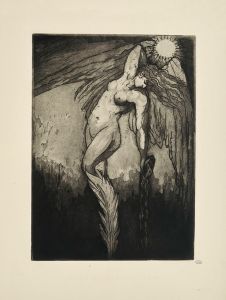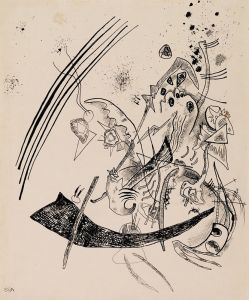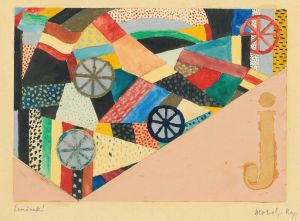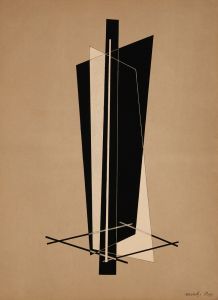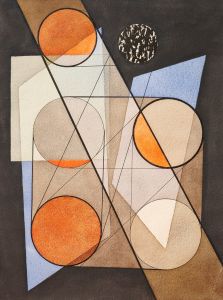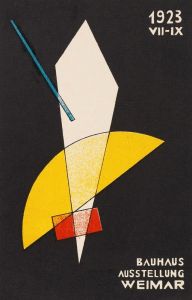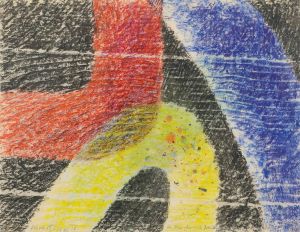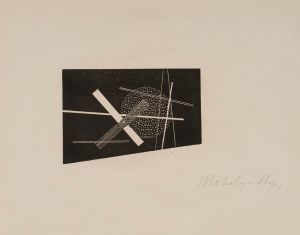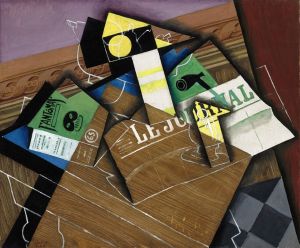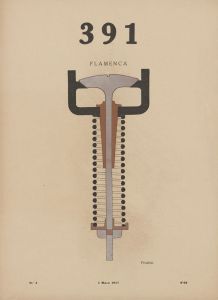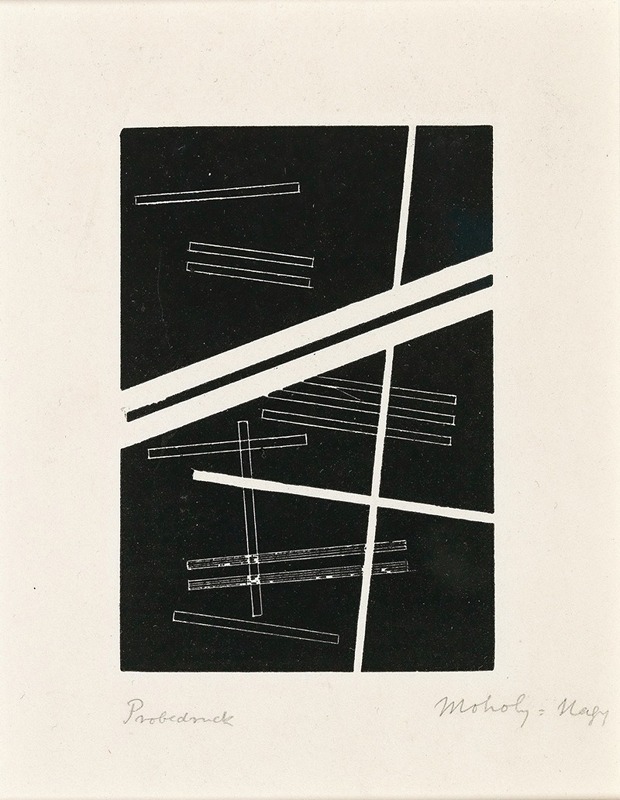
Untitled composition
A hand-painted replica of László Moholy-Nagy’s masterpiece Untitled composition, meticulously crafted by professional artists to capture the true essence of the original. Each piece is created with museum-quality canvas and rare mineral pigments, carefully painted by experienced artists with delicate brushstrokes and rich, layered colors to perfectly recreate the texture of the original artwork. Unlike machine-printed reproductions, this hand-painted version brings the painting to life, infused with the artist’s emotions and skill in every stroke. Whether for personal collection or home decoration, it instantly elevates the artistic atmosphere of any space.
László Moholy-Nagy was a Hungarian artist and educator, known for his innovative approach to art and design. He was a prominent figure in the Bauhaus movement and made significant contributions to various fields, including photography, painting, and industrial design. Moholy-Nagy's work often explored the relationship between light, space, and form, and he was a pioneer in the use of new technologies and materials in art.
One of Moholy-Nagy's notable works is an untitled composition that exemplifies his experimental approach to art. Although specific details about this particular piece are scarce, it is representative of his broader artistic philosophy and practice. Moholy-Nagy was deeply interested in the integration of art and technology, and his works often reflect a fascination with the possibilities of modern industrial society.
In his untitled compositions, Moholy-Nagy frequently employed techniques that challenged traditional artistic conventions. He was known for his use of photograms, a photographic technique that involves placing objects directly onto light-sensitive paper and exposing it to light. This method allowed him to create abstract images that emphasized the interplay of light and shadow, a recurring theme in his work.
Moholy-Nagy's untitled compositions also often incorporated elements of constructivism, a movement that emphasized the use of geometric forms and industrial materials. His work in this area was characterized by a focus on clarity, precision, and the use of new materials such as plastics and metals. These compositions often featured bold, abstract forms that conveyed a sense of dynamism and movement.
Throughout his career, Moholy-Nagy was committed to the idea of art as a tool for social change. He believed that artists should engage with contemporary issues and use their work to inspire and educate the public. This philosophy was evident in his teaching at the Bauhaus, where he encouraged students to explore new media and techniques and to think critically about the role of art in society.
Moholy-Nagy's untitled compositions are a testament to his belief in the transformative power of art. They reflect his ongoing exploration of the relationship between art, technology, and society, and his commitment to pushing the boundaries of traditional artistic practice. His work continues to influence artists and designers today, and his legacy is evident in the continued relevance of his ideas and innovations.
While specific information about individual untitled compositions by Moholy-Nagy may be limited, his overall body of work provides valuable insights into his artistic vision and the broader context of 20th-century art and design. His contributions to the Bauhaus movement and his pioneering use of new materials and techniques have left a lasting impact on the art world, and his untitled compositions remain an important part of his artistic legacy.





